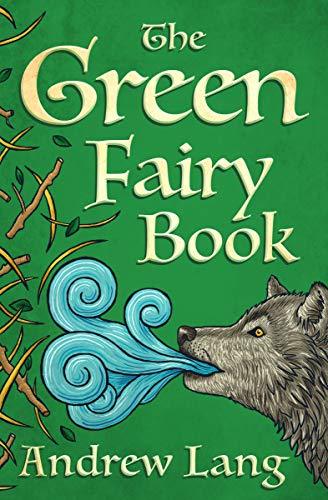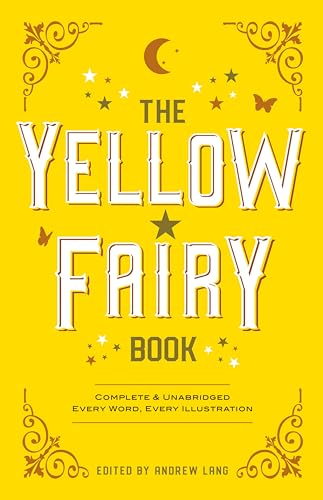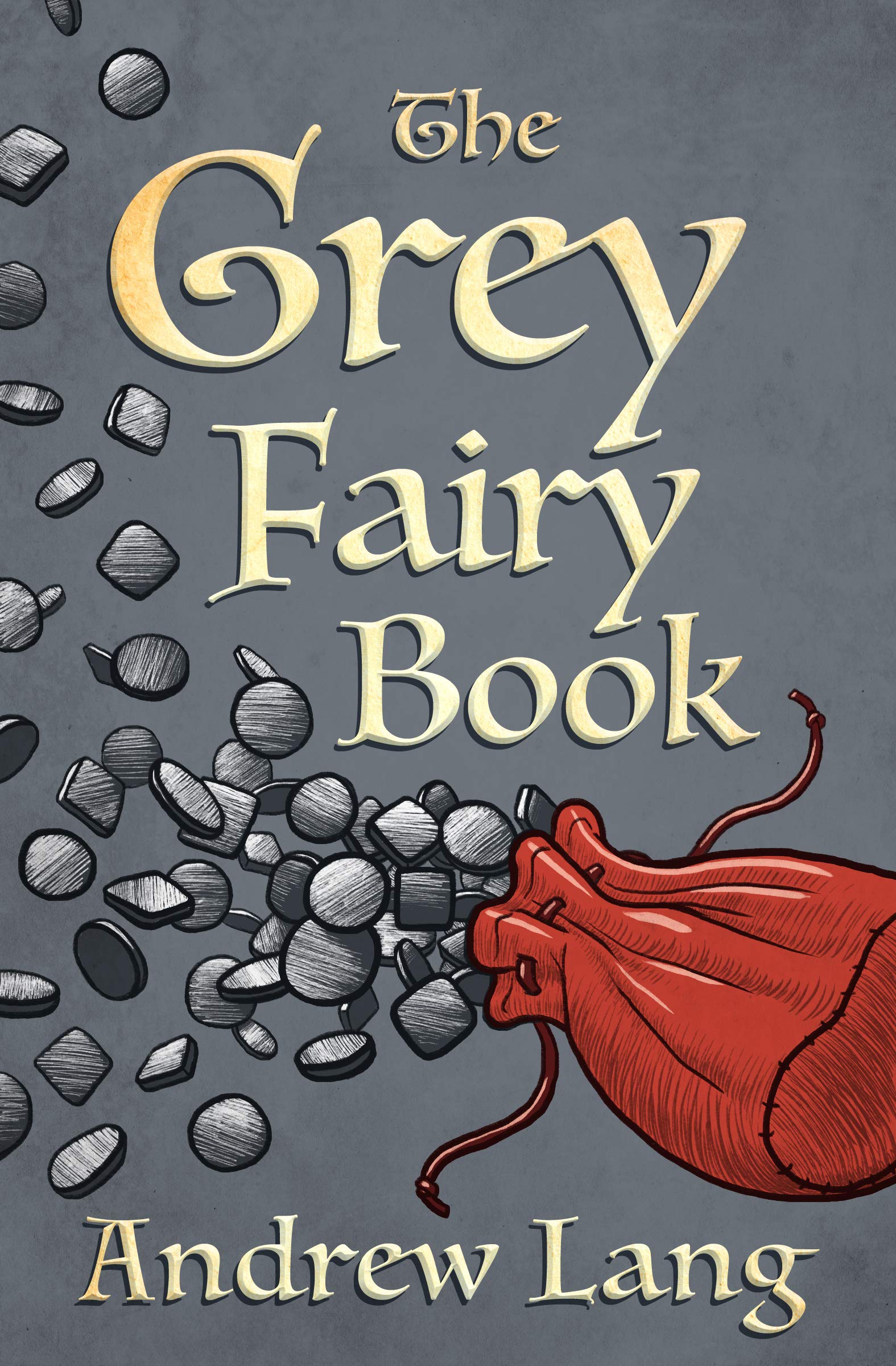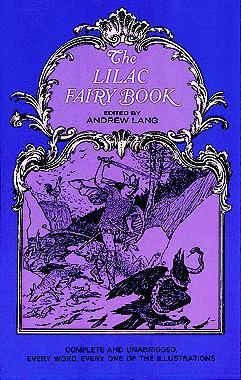


Books in series

The Green Fairy Book
1892

The Yellow Fairy Book
1894

The Grey Fairy Book
1900

The Olive Fairy Book
1907

The Lilac Fairy Book
1910
Authors
Wife of Andrew Lang, and translator and adapter of many of the stories that appear in The Coloured Fairy Book series, despite never being credited properly. Or in the words of Andrew Lang: "The fairy books have been almost wholly the work of Mrs. Lang, who has translated and adapted them from the French, German, Portuguese, Italian, Spanish, Catalan, and other languages. My part has been that of Adam, according to Mark Twain, in the Garden of Eden. Eve worked, Adam superintended. I also superintend. I find out where the stories are, and advise, and, in short, superintend." Often styled as Mrs. Lang, or Leonora Blanche Lang. (1851-1933)

Andrew Gabriel Lang was a prolific Scots man of letters. He was a poet, novelist, and literary critic, and a contributor to anthropology. He now is best known as a collector of folk and fairy tales. The Young Scholar and Journalist Andrew Gabriel Lang grew up in Selkirk in the Scottish Borders, the son of the town clerk and the eldest of eight children. The wild and beautiful landscape of his childhood had a great effect on the young Lang and inspired in him not only a life-long love of the outdoors but a fascination with local folklore and history. The Borders is an area rich in history and he grew up surrounded by tales of Bonnie Prince Charlie and Robert the Bruce. Amongst his many later literary achievements was his Short History of Scotland. A gifted student and avid reader, Lang went to the prestigious St Andrews University (now holding a lecture series in his honour every few years) and then to Balliol College, Oxford. He would later write about the city in Oxford: Brief Historical and Descriptive Notes, published in 1880. Moving to London at the age of 31, already a published poet, he started working as a journalist. His dry sense of humour, writing style and huge array of interests made him a popular editor and columnist and he was soon writing for The Daily Post, Time magazine and Fortnightly Review. It was whilst working in London that he met and married his wife Leonore Blanche Alleyne. The Fairy Books Amongst the most famous of Andrew Lang books are The Rainbow Fairy Books, growing from Lang's interest in myths and folklore which continued to grow as he and Leonore travelled through France and Italy hearing local legends. In the late 19th century, interest in the native fairy tales of Britain had declined and there were very few books recounting them for young readers. In fact fairy tales and magical stories in general were being attacked by some educationalists as being harmful to children. It was to challenge this notion that Lang first began collecting fairy stories for the first of his coloured fairy books, The Blue Fairy Book. Whilst other folklorists collected stories directly from source, Lang set about gathering those stories which had already been recorded. This gave him time to collect a much greater breadth of fairy tales from all over the world, most from well-known writers such as the Brothers Grimm, Madame d'Aulnoy and others from less well known sources. Whilst Lang also worked as the editor for his work and is often credited as its sole creator, the support of his wife, who transcribed and organised the translation of the text, was essential to the work's success. The Blue Fairy Book was published in 1889 to wide acclaim. The beautiful illustrations and magical tales captivated the minds of children and adults alike. The success of the first book allowed Lang and Leonore to carry on their research and in 1890 they published The Red Fairy Book, which drew on even more sources and had a much larger print run. Between 1889 and 1910 they published twelve collections of fairy tales, each with a different coloured binding, with a total of 437 stories collected, edited and translated. The books are credited with reviving interest in folklore, but more importantly for Lang, they revolutionised the Victorian view of fairy tales - inspiring generations of parents to begin reading them to children once more. Last Works At the same time as he was producing the Fairy Books, Lang continued to write a wide assortment of novels, literary criticism, articles and poetry. However, as literary critic Anita Silvey noted, 'The irony of Lang's life and work is that although he wrote for a profession... he is best recognised for the works he did not write.' - the Rainbow Fairy Books. The last Andrew Lang book, Highways and Byways of the Border remained unfinished after his death on 20th July 1912;